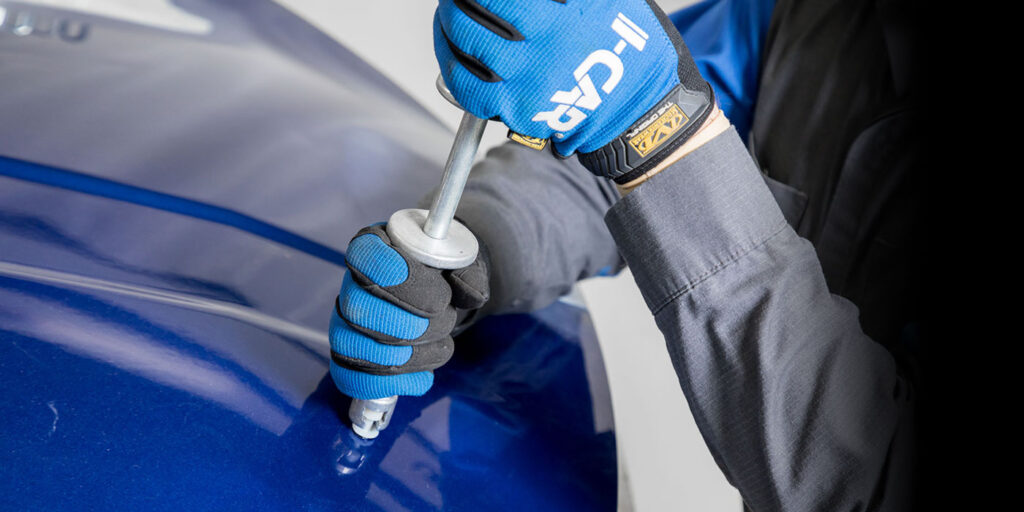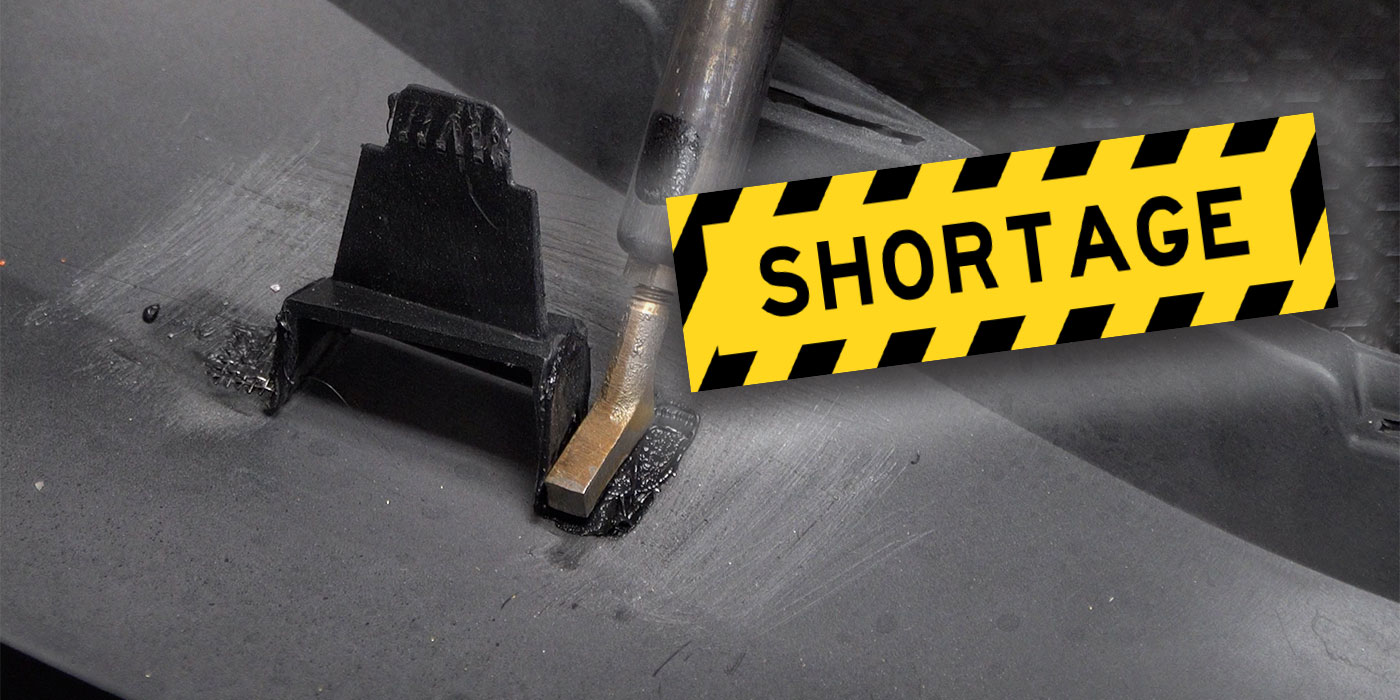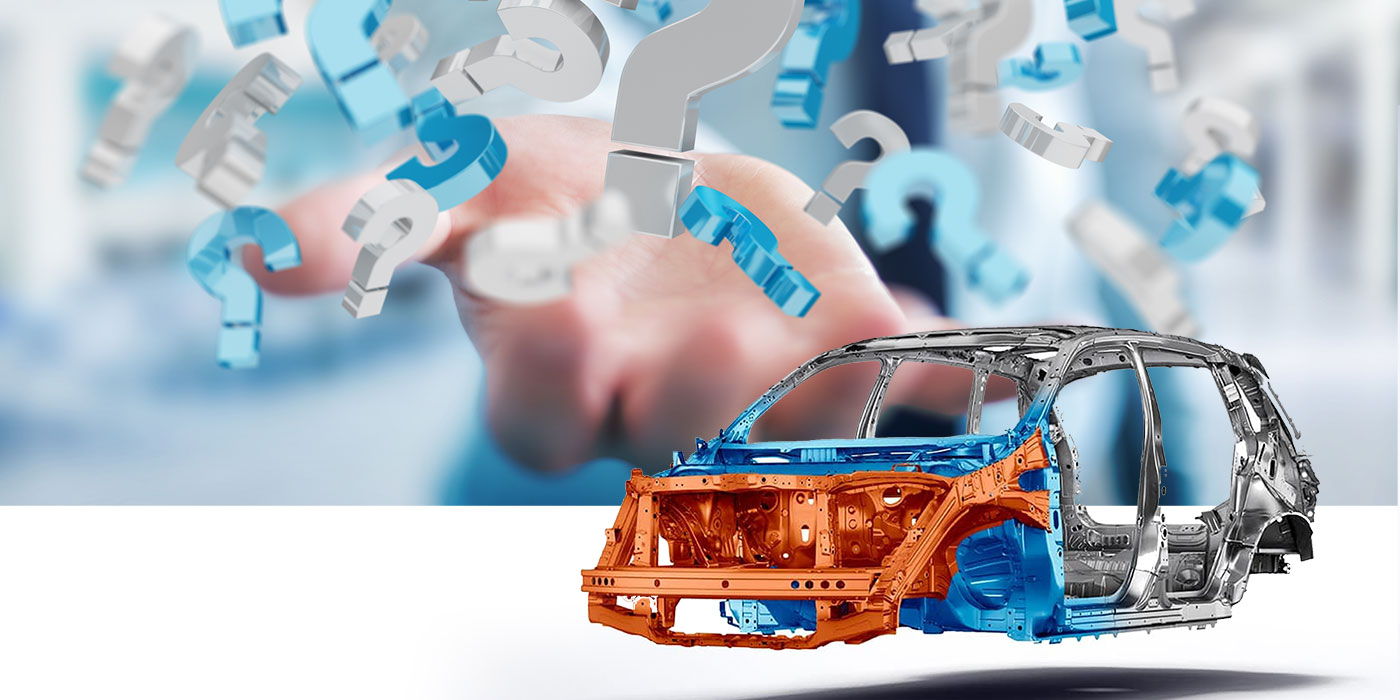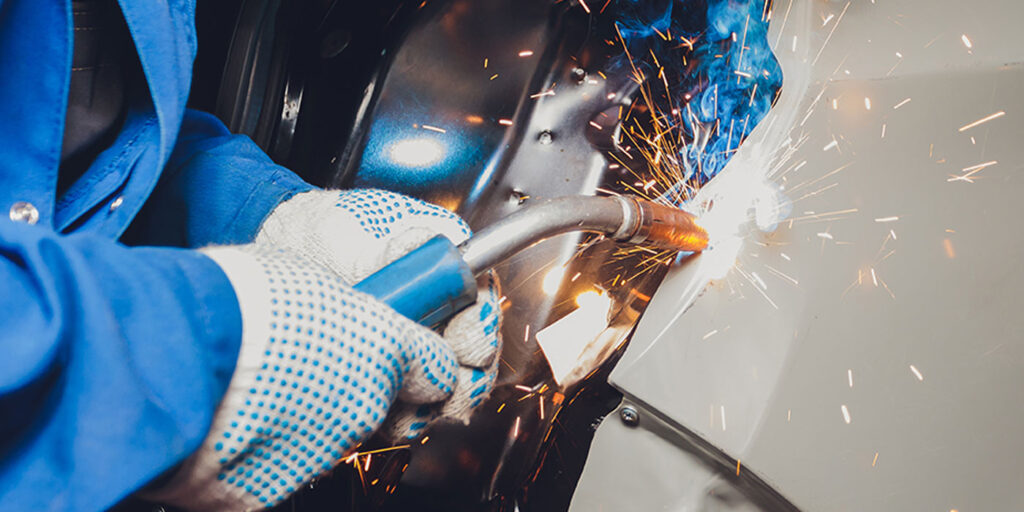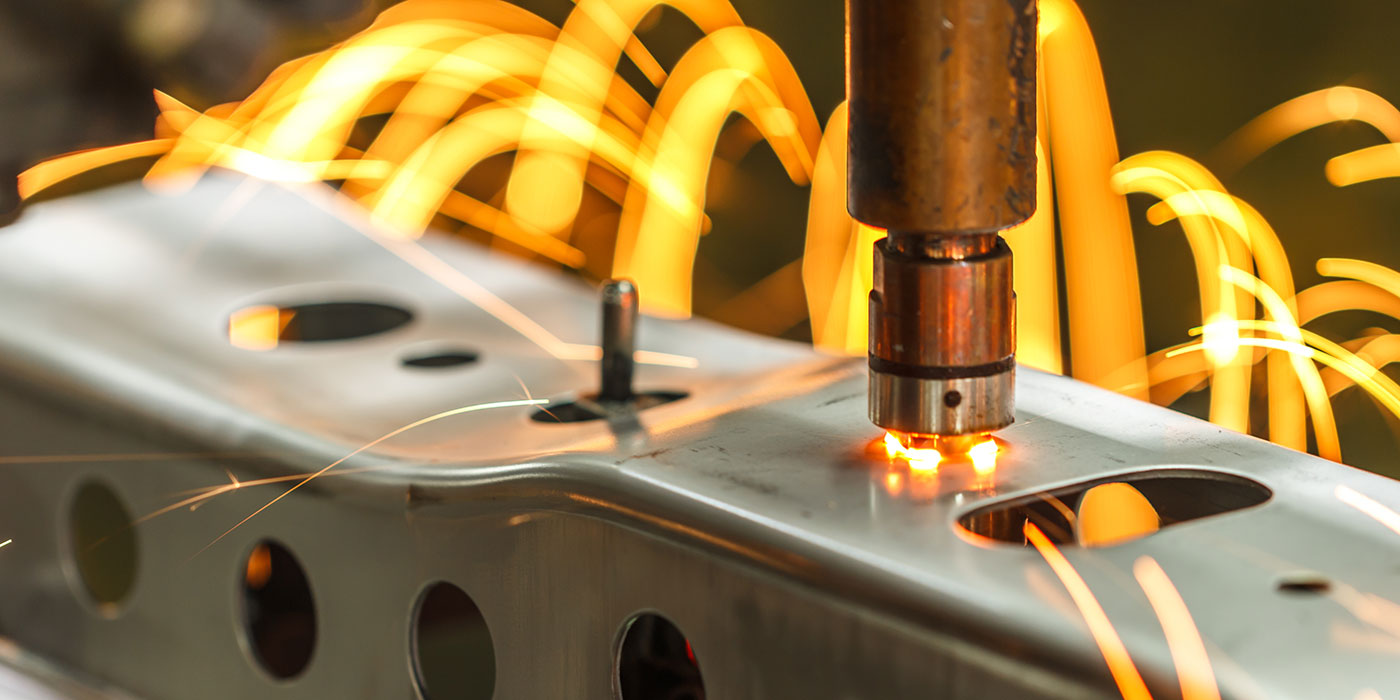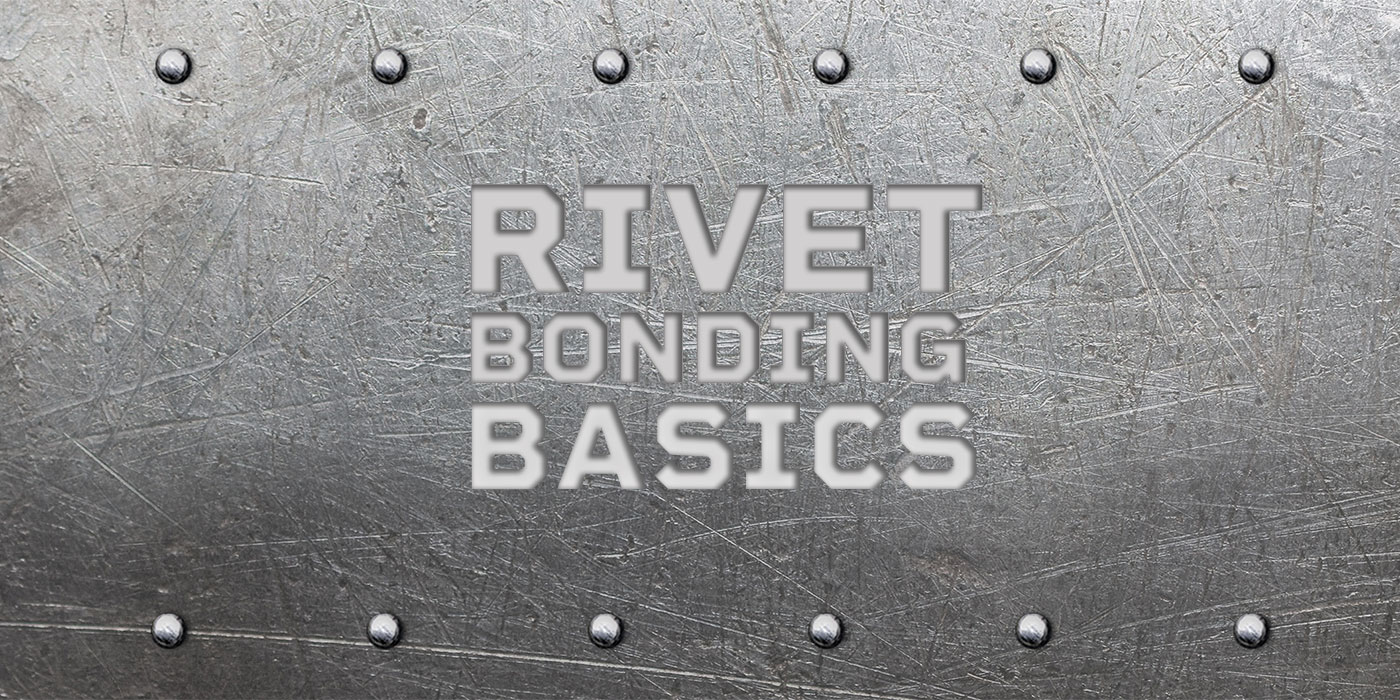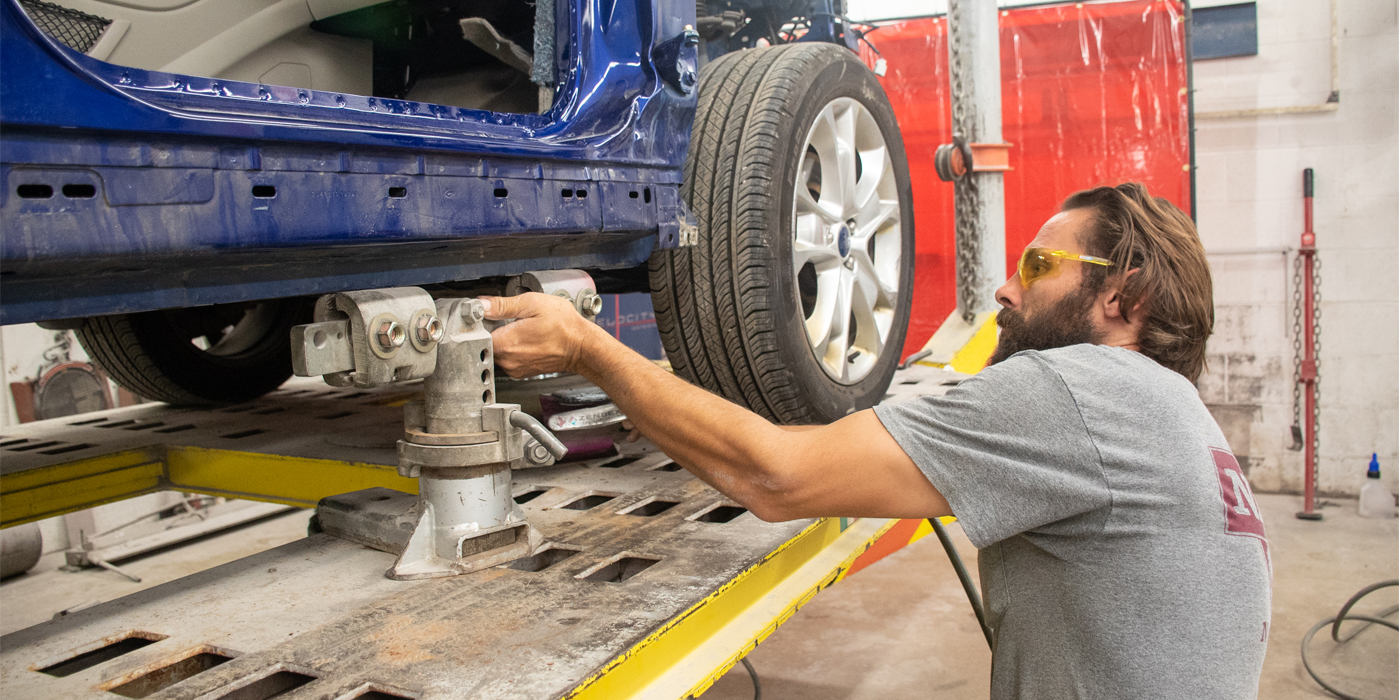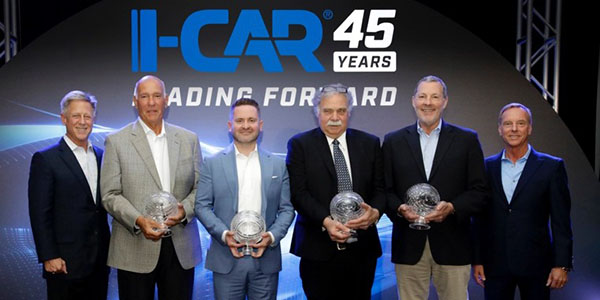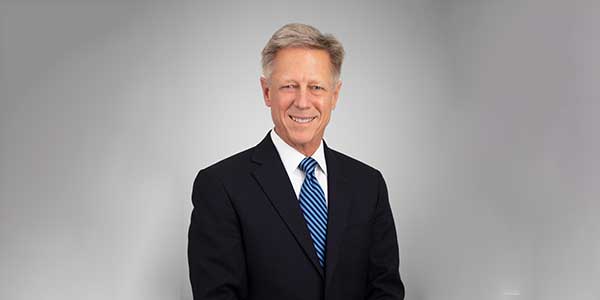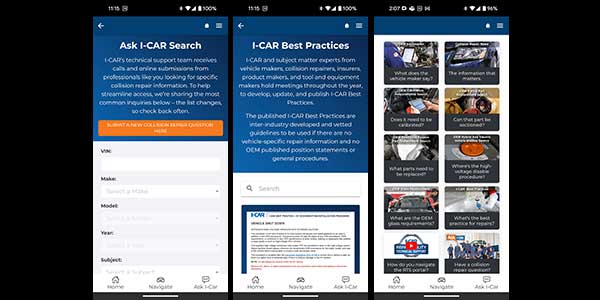In today’s “material world,” it’s an understatement to say that aluminum repairs are entirely different than those involving steel. Simply put: For a complete, safe and quality repair, it’s vitally important to understand the vast considerations involved with repairing aluminum.
As an example, let’s look at an aluminum panel dent repair and apply some critical considerations to emphasize the technical knowledge and skills involved in the repair process.
Repair Procedures
First and foremost, be advised that various OEMs have different rules/repair procedures when working with aluminum. Just because you’re trained or certified with a particular OEM does not mean those same considerations can cross over to another automaker. While this can be frustrating, it’s important to note this current inter-industry reality.
Different Grades
Aluminum, like steel, has different grades and characteristics that determine strength and repairability. Aluminum is graded in seven different series, so knowing what series you’re working with is important when determining repair plans and procedures.
Corrosion
When working with aluminum, things to consider during repairs are galvanic corrosion and cross contamination. It’s critical to keep steel and aluminum parts separated during a repair to avoid any particulate contact between an exposed bare metal body panel in the surrounding area. For this reason, you should use a separate/designated room for any and all aluminum repairs to prevent galvanic corrosion and cross contamination from occurring.
When it comes to aluminum, there simply are no shortcuts.
Aluminum and steel dust particles can float in the air and remain there for hours, making their way onto any exposed panels throughout the repair facility and causing cross contamination between metals. For instance, a tech can be sanding a steel panel across the repair facility, and particulates can “float over” and land on exposed aluminum panels — and you would never even see this happen. Also, let’s say you’re working on an aluminum door and an adjacent steel quarter panel repair needs to be repaired. In this situation, the aluminum door should be removed from the vehicle and taken into a separate, designated aluminum area, so no cross contamination can occur.
Glue Pulling
When repairing dents on an aluminum panel, my first choice of repair method is the use of glue-on pull tabs. If this doesn’t work, I suggest using paintless dent repair (PDR) theory and methods.
Apply low heat onto the repair area as recommended per the automaker’s allowable heat range standard. As you apply low heat to the repair area, along with the use of body picks and plastic-coated tips, push the dent out from the backside of the panel.
You can destroy an aluminum panel if you don’t know what you’re doing.
While straightening, the goal is to leave as much of the topcoat intact, preventing any unwanted exposure or contamination to an aluminum panel. If filler is needed to complete the repair, I recommend blocking down the topcoat no further than the epoxy primer. You can then use a two-part finishing filler designed to adhere over the top of an original equipment manufacturer (OEM) finish to complete the repair. If the dent is larger, the use of weld-on tabs may be necessary. However, this would be my last choice to consider, only if other methods did not work. Some OEMs do not recommend the use of weld-on tabs, and you must be careful not to tear holes in the panel. If this happens, the panel needs to be replaced. You also must be careful to avoid stretching an aluminum panel; once aluminum is stretched, it is not reversible and may also require panel replacement.
Separate Tools
Along with a designated space/area, aluminum dust extractors and separate welding equipment, you must also have a separate set of hand and power tools to avoid cross contamination, including but not limited to different gloves, sandpaper, saw blades, grinders and grinding discs.
Structural Realignment
The most important topic regarding aluminum currently is structural realignment. Should any aluminum structural part on an aluminum vehicle or mixed-material structure be pulled out on a frame machine? As a trained certified aluminum structural technician, my answer to that question is unanchored pulling only, using only the weight of the vehicle. Anything more than this can risk separation of unseen, unnoticed internal bonded panels and adhesives that could result in additional problems down the road, such as squeaks, rattles and structural strength as well as safety issues (which could be irreversible or unrepairable). When it comes to aluminum, there simply are no shortcuts.
Aluminum Do’s
Some “do’s” when working with aluminum are:
- Get trained! Before you even consider any aluminum repair, complete training. I-CAR offers a specific hands-on skill development course in aluminum panel dent repair.
- Practice. If you want to be a professional, you need to practice — it’s not something that comes naturally. You can destroy a panel if you don’t know what you’re doing. Aluminum does not have a memory like steel, which makes it more difficult to straighten. Thus, you have to manipulate it more than steel.
- Be patient. It will take some time to become competent in straightening aluminum. When aluminum changes shape, it tends to harden, making it more difficult to work with. The bigger the dent, the more difficult it will be to straighten.
- OEM procedures. Always refer to the OEM repair procedures for a specific vehicle and know what series of aluminum you’re working with. BSB

